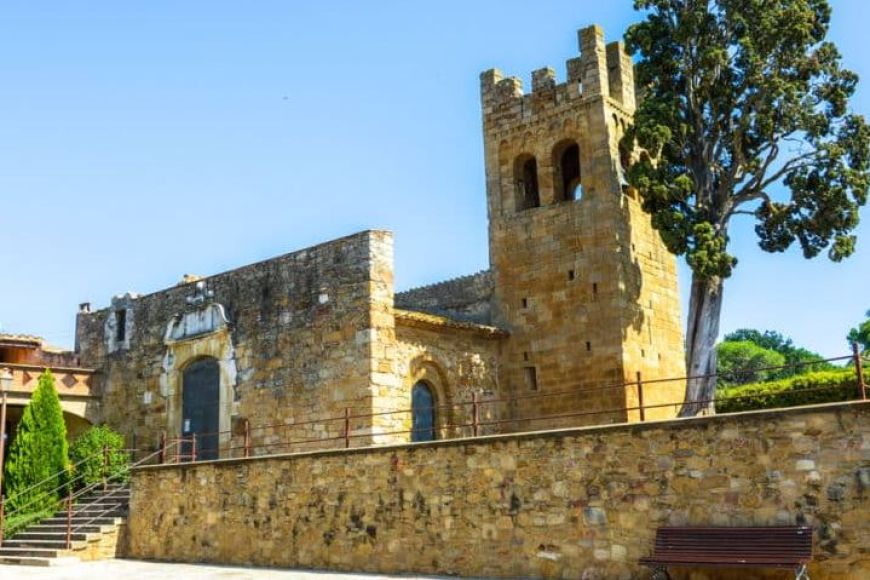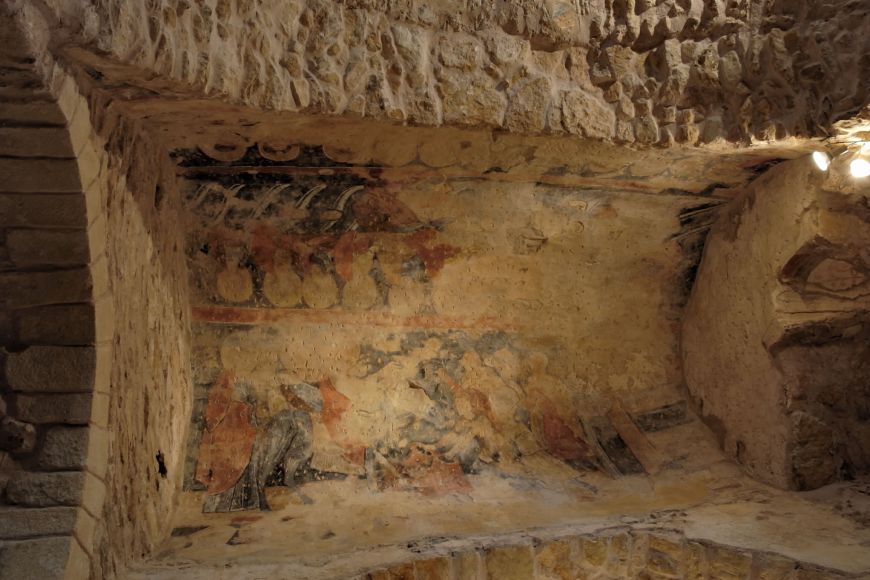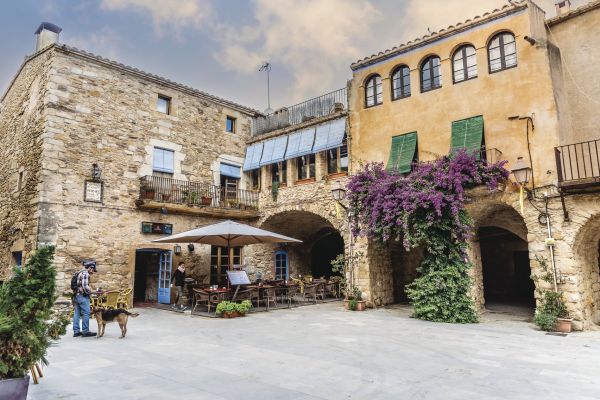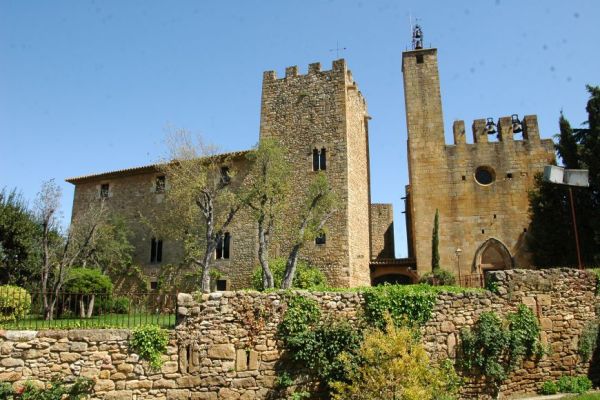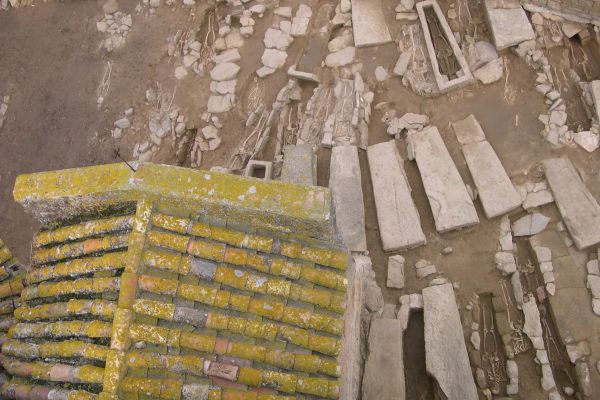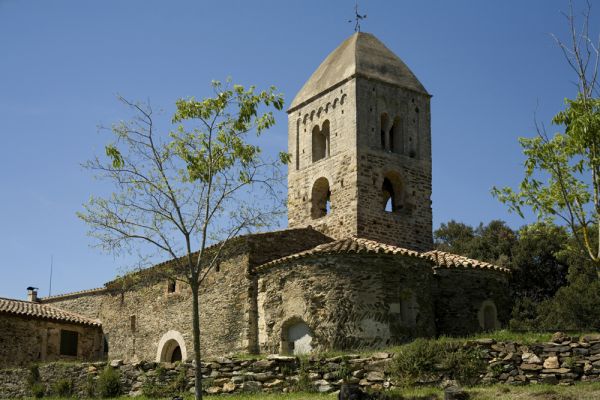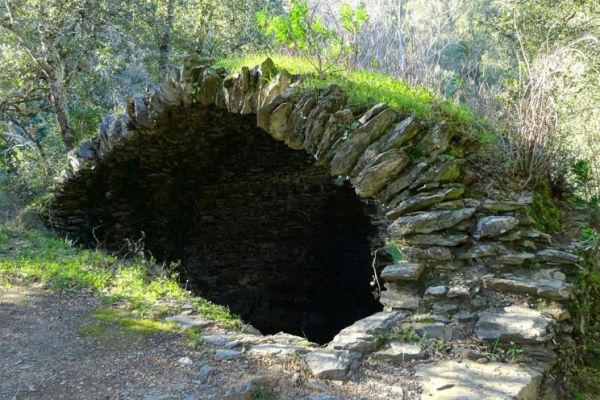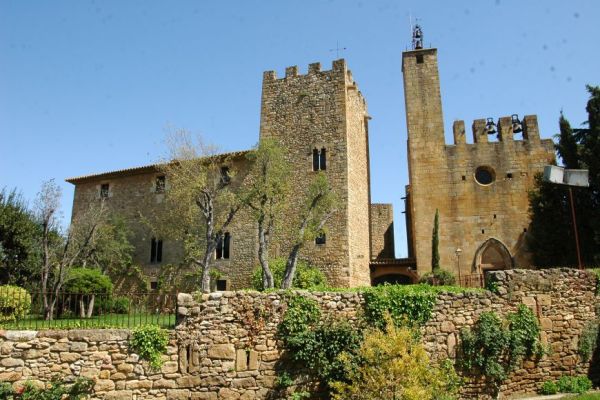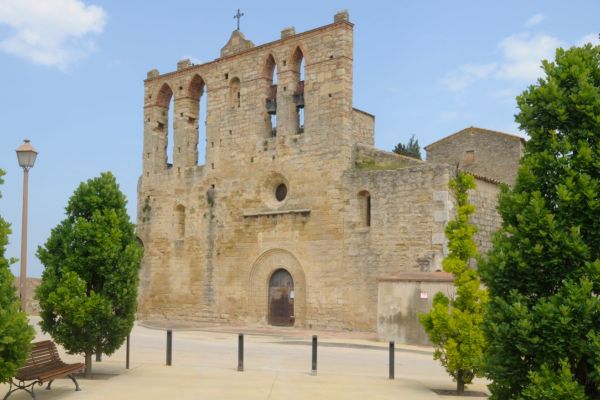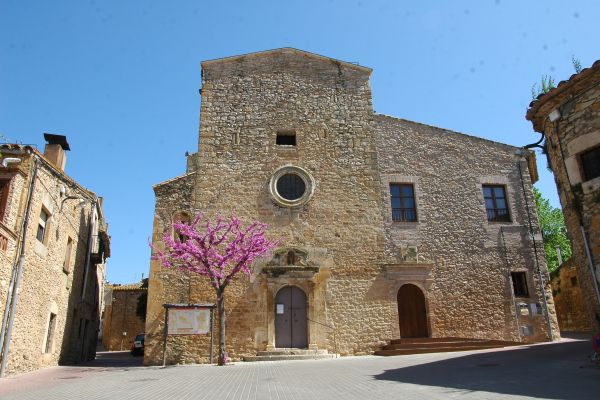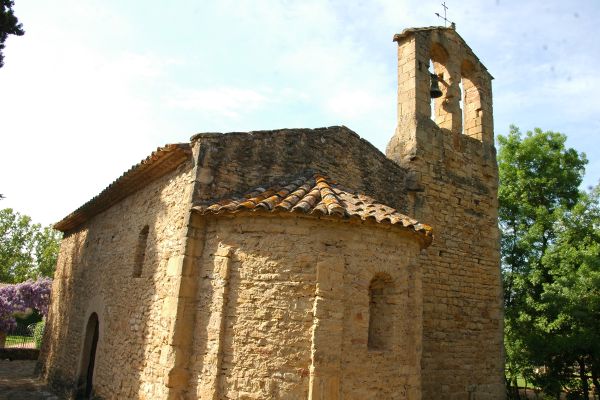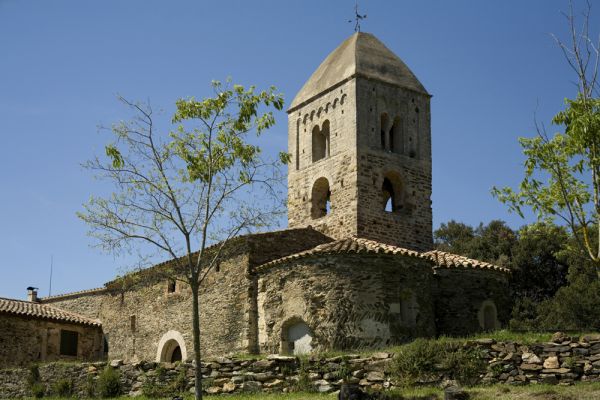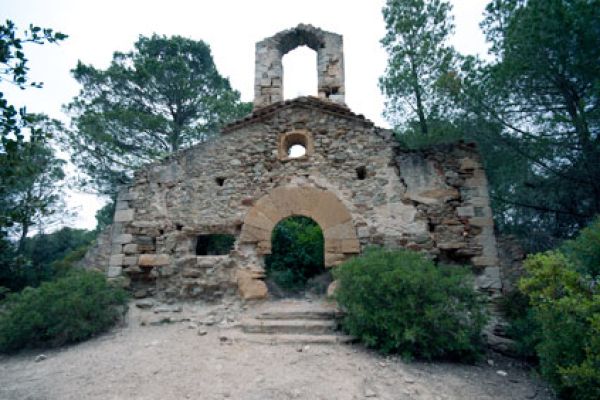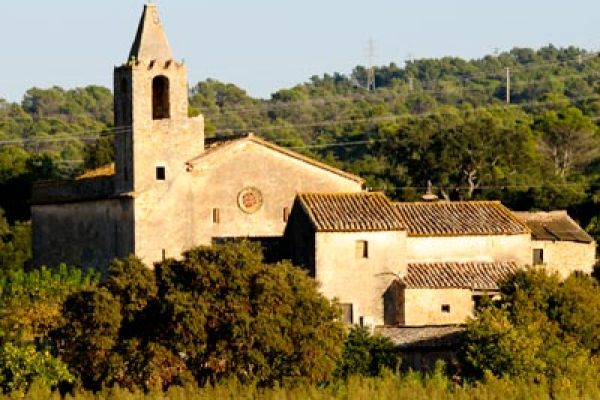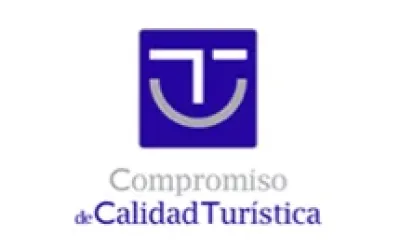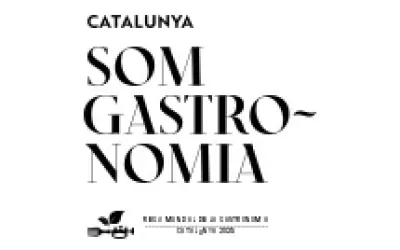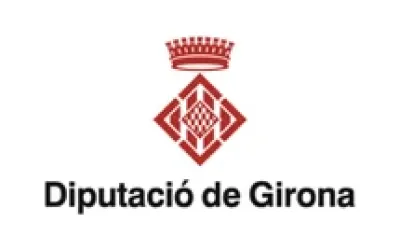This is one of the most important buildings in the Catalan Romanesque style. It is made up of three easily identifiable associated areas. The main area, in pre-Romanesque style, configures the nucleus of the church and was built around the 9th or 10th century. Its transept stands out, which is much higher than the nave's roof, with a well-marked horseshoe vault. Later, between the 11th and 12th centuries, the square designed bell tower was joined, to the south, and a parallel nave, to the north, in Romanesque style.
The front, where the door of the main entrance to the temple is now open, dates back to the 18th century and it was never finished. Indeed, behind the apses we can see, on the floor, the remains of the rose window that must have completed the façade. The church's invocation is dedicated to Sant Esteve and Sant Clet, the third pope of the Christian church that held office between 76 and 88.
The church had a remarkable gothic altarpiece, of the Mare de Déu de Llet, that today is conserved in the Museum of Art in Girona. Next to the church there is a late medieval necropolis.
Romanesque paintings
On the main altar and around the transept you can see remains of Romanesque paintings of extraordinary heritage value. In the eastern part you can glimpse a horse character, which could correspond to the biblical scene of the entrance of Jesus to Jerusalem and could date from the 12th century. On the opposite side, there is a scene of the Last Supper that experts place in the 15th century. They occupy about 10 square metres and were made from earth colours, made with the combination of iron oxide and lime minerals. The polychromes were discovered in 1999 as a result of some samples made from some pieces of paint located a long time ago. They were restored in 2002.

